Samuel P. Klinger – Farmer of Northumberland County
Posted By Norman Gasbarro on September 7, 2014
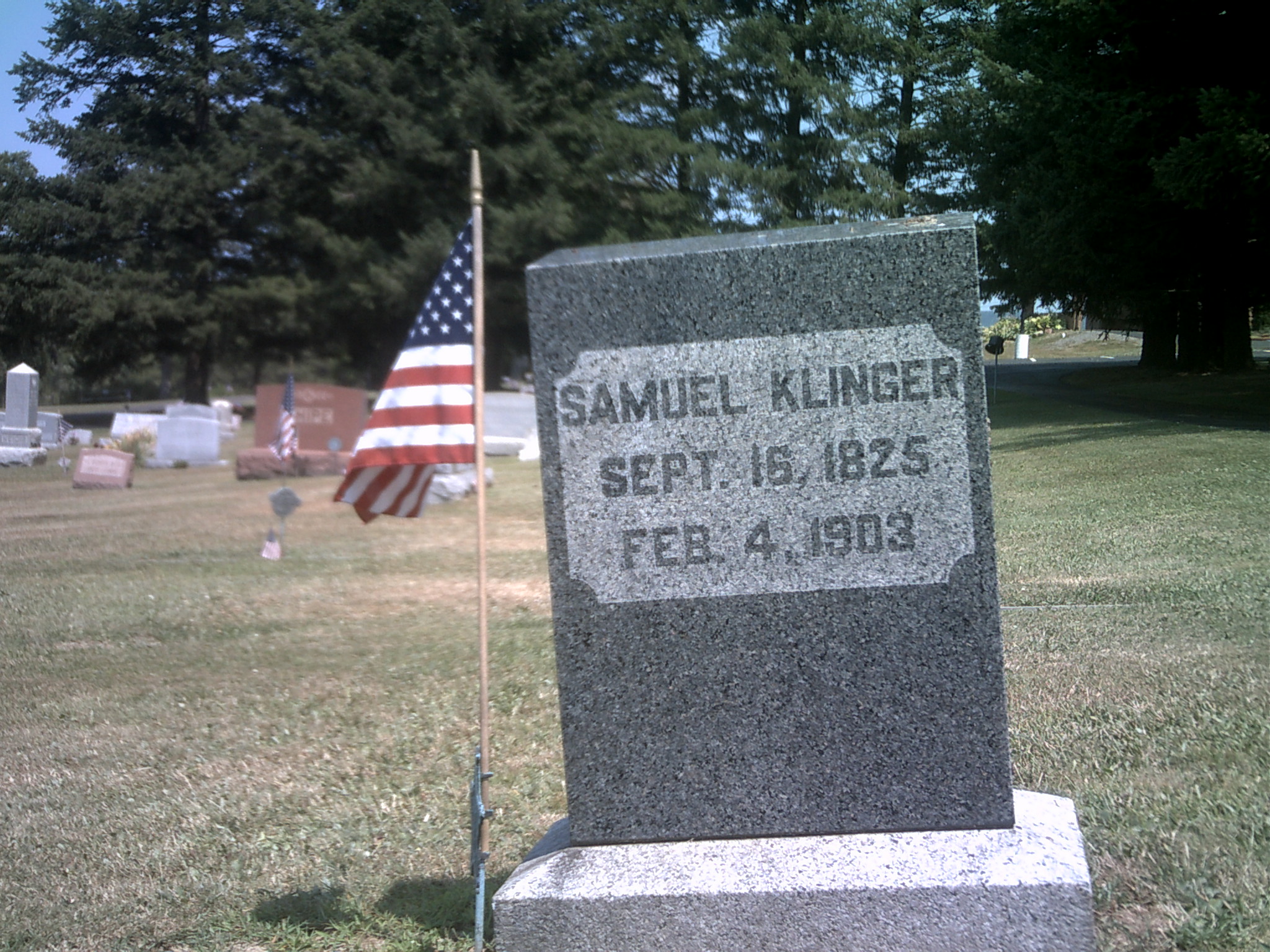
Previously, two men named Samuel Klinger had been identified to be included in the Civil War Research Project. In researching Samuel P. Klinger of Northumberland County, Pennsylvania, who was born on 16 September 1824 and died 4 February 1903, it was discovered that he was also a Civil War veteran – thus bringing the total to three men with the same name from the same area of Pennsylvania!
Samuel Klinger‘s veteran’s status was suggested by his grave marker photograph from Findagrave(shown above) – note the G.A.R. star and flag holder to the left of the grave marker.
The first difficulty that had to be overcome was the discrepancy in the birth year between what was actually known about Samuel and the year of death that is indicated on the grave marker. It had already been confirmed from Lutheran Church baptismal records (at Gettysburg Theological Seminary) that a Samuel P. Klinger, son of Johannes P. Klinger and Margaret [Schade] Klinger of Northumberland County was born on 16 September 1824 and was baptized on 17 October 1824. The death date of 4 February for this Samuel Klinger matched the date found in the Klinger Genealogy by Max Klinger, published by Sunbury Press. A tentative conclusion was made that the birth year on the stone was incorrect (off by one year) but the month and day were a match.
Turning to the U.S. Civil War Draft of 1863, two records were found in Lower Augusta Township, Northumberland County – both for the same Samuel P. Klinger, a farmer, age 38. One of those records indicated that this Samuel P. Klinger had been drafted.
Turning to the Pension Index Cards on Fold3 for men named Samuel Klinger from Pennsylvania, a lucky find showed that the Samuel Klinger who died on 4 February 1903 had served in the 172nd Pennsylvania Infantry, Company H (below):.
From the Fold3 Pension Index Card, it is also learned that a pension application was made on 2 February 1892 and was received. There was no application from a widow, however, there was an application for a minor, but that pension was not received.
The Pension Index Card from Ancestry.com (above) fills in some missing information. The applicant for the minor’s pension was Catherine J. Klinger, who according to the genealogy was an unmarried daughter of Samuel P. Klinger and his wife Magdalena Klinger. Their last child was born in 1870, so the “helpless child” referred to on the card could have been the applicant herself, Catherine J. Klinger – or it could have been a child of Catherine J. Klinger. Perhaps a reader of this blog knows the answer.
Samuel P. Klinger was mustered into service in the 172nd Pennsylvania Infantry, Company H, as a Private at Harrisburg, on 1 November 1862. All indications are that he served honorably through his discharge with his company on 31 July 1863.
Samuel P. Klinger was the great-grandson of Johannes P. Klinger (1723-1811), an immigrant and one of the earliest settlers of the Lykens Valley area of Pennsylvania. Johannes P. Klinger was a soldier in the Revolutionary War and is buried in the Zion (Klinger) Cemetery, Erdman, Lykens Township, Dauphin County, Pennsylvania.
Samuel P. Klinger had twelve known children with his wife Magdalena [Klinger] Klinger; the children were born between 1850 and 1870.
The Pennsylvania Veterans’ Burial Card shown above from the Pennsylvania Archives (available on Ancestry.com) confirms his military service (company, regiment, dates of services) and indicates that he is buried in Wolfe’s Cross Roads Cemetery, Rockefeller Township, Northumberland County.
Much more information is sought about this latest addition to the Civil War Research Project. Perhaps a reader of this blog has already obtained his pension application files and is willing to share what is in them. Or perhaps there is more information available on his military service. Any other information such as newspaper articles where he or his family are mentioned, photographs, etc., would help in understanding more about this farmer-soldier. Add comments to this post or send by e-mail.
 ;
;
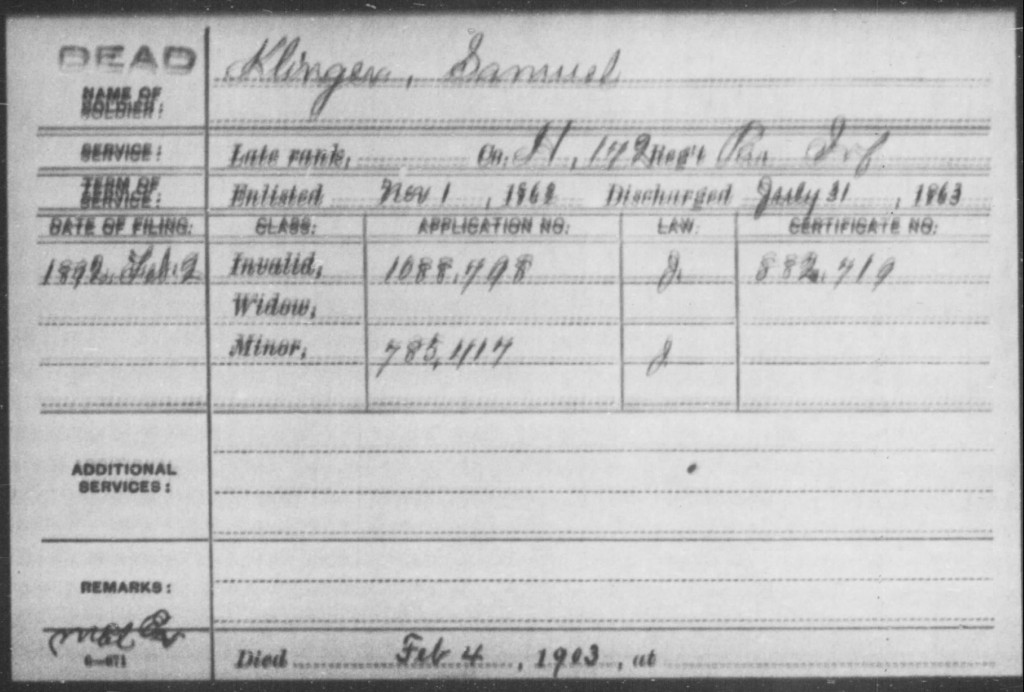
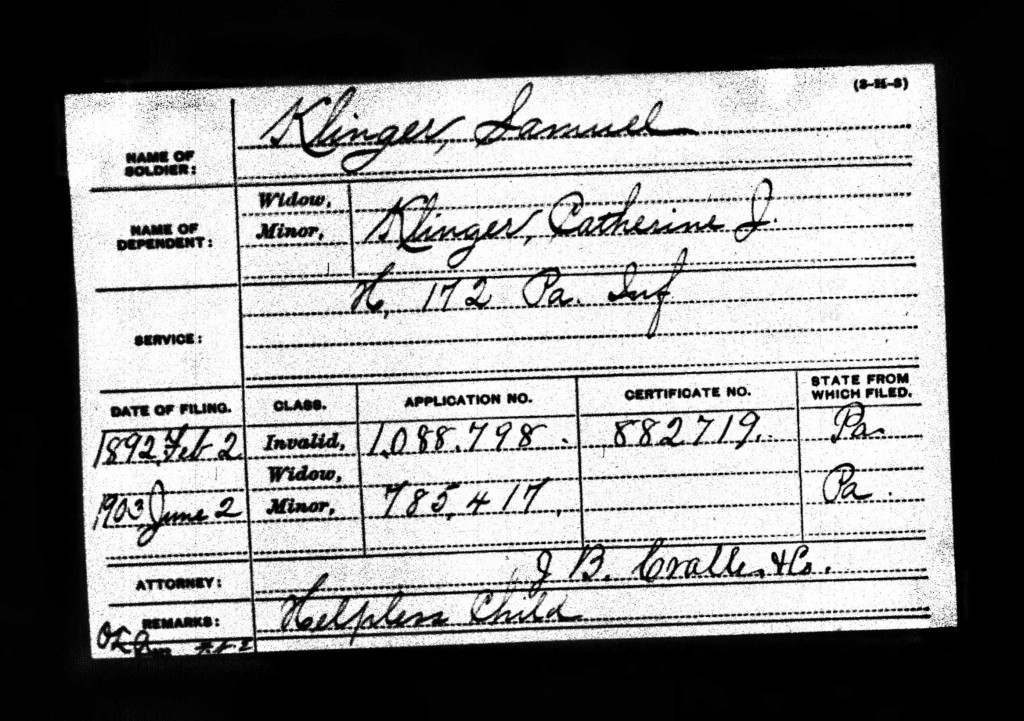
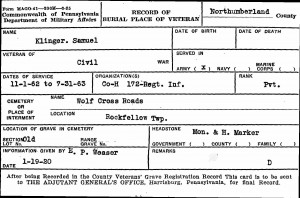
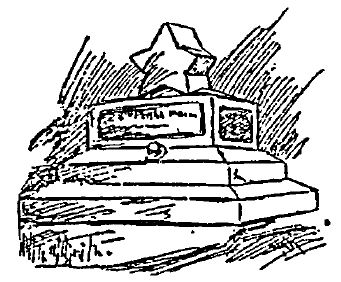
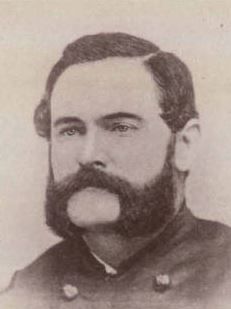
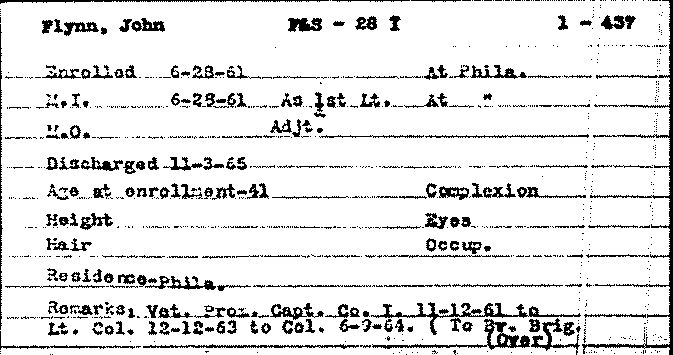
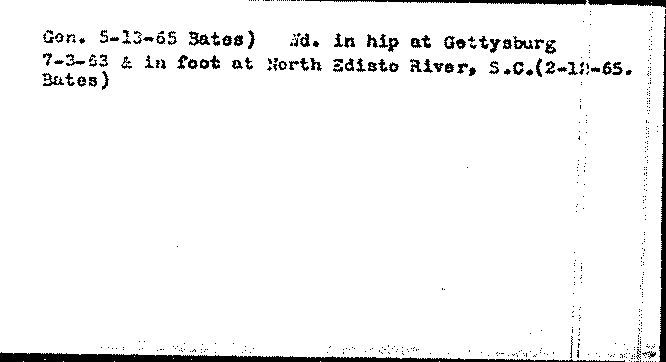
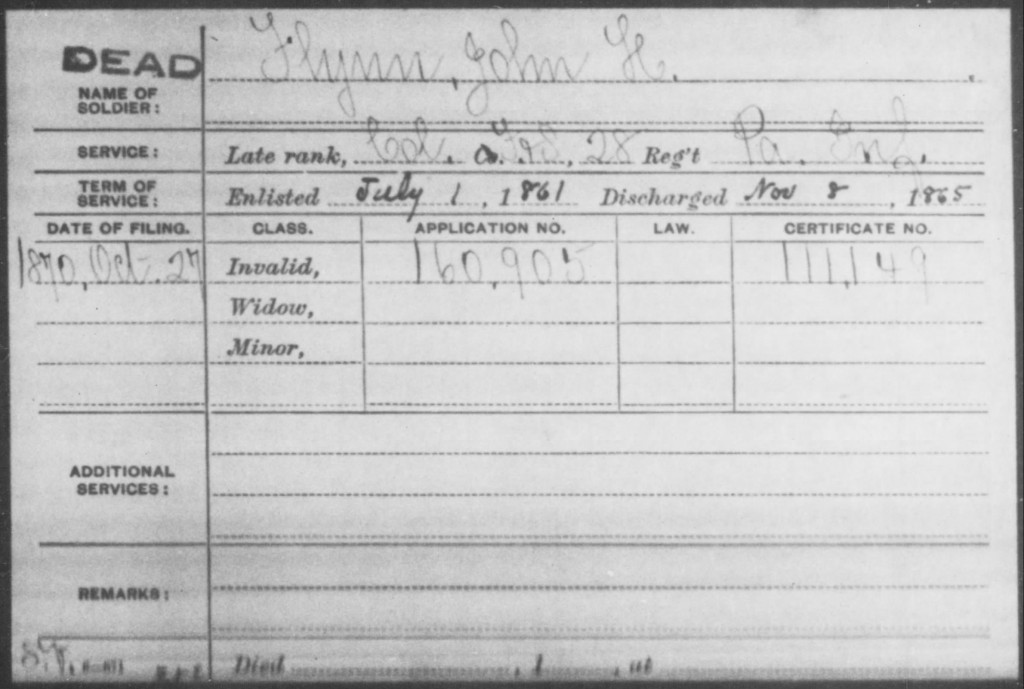
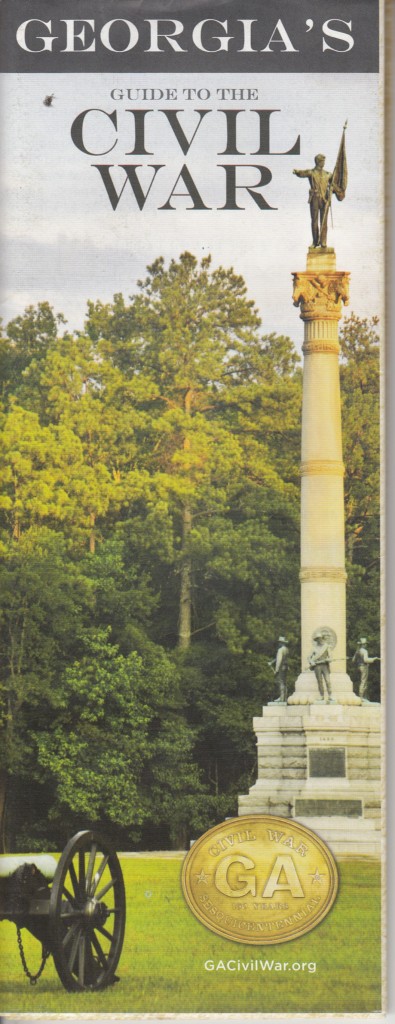

 company’s manufacturing complex in Elgin, IL was the largest site dedicated to
company’s manufacturing complex in Elgin, IL was the largest site dedicated to  element will exhibit analogous behavior to the eighth element following it in the table.” Newlands arranged all of the known elements into seven groups, which he likened to the octaves of music. In Newlands’ table, the elements were ordered by the atomic weights that were known at the time and were numbered sequentially to show their order. Periods were shown going down the table, with groups going across – the opposite from the modern form of the periodic table. The incompleteness of the table alluded to the possible existence of additional, undiscovered elements, such as the element germanium, which was predicted by Newlands. At the time, his ‘Law of octaves’ was ridiculed by his contemporaries. The Society of Chemists did not accept his work for publication.
element will exhibit analogous behavior to the eighth element following it in the table.” Newlands arranged all of the known elements into seven groups, which he likened to the octaves of music. In Newlands’ table, the elements were ordered by the atomic weights that were known at the time and were numbered sequentially to show their order. Periods were shown going down the table, with groups going across – the opposite from the modern form of the periodic table. The incompleteness of the table alluded to the possible existence of additional, undiscovered elements, such as the element germanium, which was predicted by Newlands. At the time, his ‘Law of octaves’ was ridiculed by his contemporaries. The Society of Chemists did not accept his work for publication.
